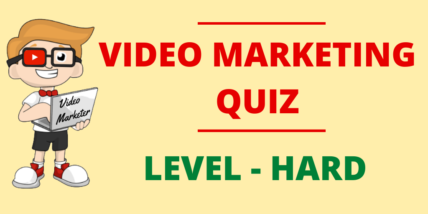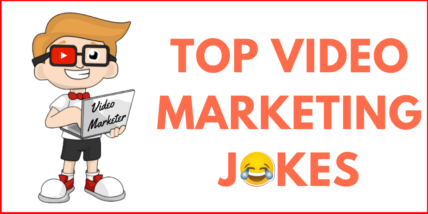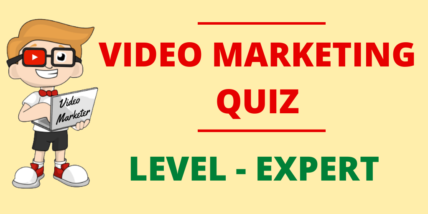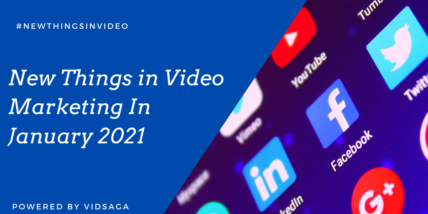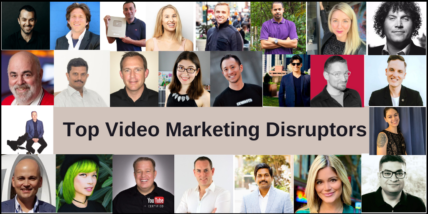“The common mistake is not using contextual platforms to serve the video ad.” – Ruchika Varma
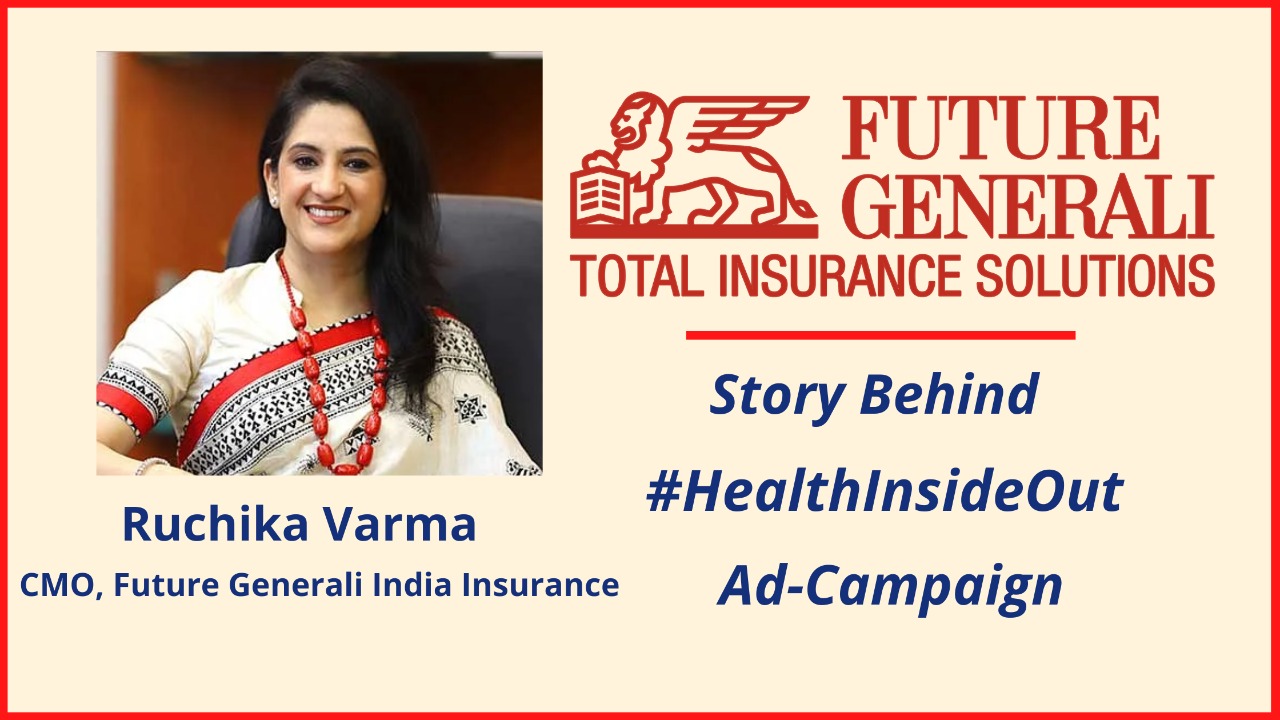
Our research with mental health experts and affected parties told us that the first manifestation of mental health issues is inflicted on inanimate objects.
– Ruchika Varma, CMO, Future Generali India Insurance
So how can you create a campaign around a serious topic like Mental Health? Maybe you will raise awareness, tell its effects, show how other people are getting affected.
But is it possible to add humor to it?
That’s what Future Generali attempted and brilliantly pulled it off.
We talked to Ruchika to know their thought process behind and story of creating this latest campaign – “#HealthInsideOut”
Read on to know more about their latest campaign
Invitation to join Global Marketers Community Discussion Space
1. What is Future Generali internal process of coming up with a marketing campaign?
A strong marketing strategy is one that supports your business goals.
We want to be a significant player in health insurance and live up to our brand purpose of being a lifetime partner for our customers, and all our efforts are directed to achieve this goal.
All our marketing campaigns have a common backbone – consumer insight. This insight can come from research, from social listening or even from observations of human behaviour.
We take pains to understand our consumer and ensure that our campaigns resonate emotionally and deliver a relevant message.
We strongly believe in co-creation and we undertake multiple brainstorming sessions with our agency partner to arrive at concepts that we believe will achieve cut-through.
Once the concepts are finalised, we follow a rigorous, time-bound execution schedule to ensure we are on track.
We also keep checking on how the message is being perceived by our audience, and tweaks to the message, language or execution elements are made accordingly.
Check out Video Marketing Knowledge Hub
2. “#HealthInsideOut” campaign is a humorous approach to highlight Mental Health, what was your thought process when you were conceptualizing the campaign? Please share the story behind.
Mental illness has been a raging yet unacknowledged issue in India for several years now. According to the World Health Organization (WHO), one in every five Indians suffers from some form of mental illness.
The COVID-19 pandemic has only made it worse, and research we had done earlier told us that a whopping 88% of Indians were deeply worried about their physical, financial or mental health.
And yet, mental illness continues to be a taboo subject in the country.
As a brand whose purpose is to be a lifetime partner for the customers and to lead with empathy, human touch and innovation,
Future Generali decided that now, more than ever, is the right time to start a movement around mental health.
With our recent #HealthInsideOut campaign, our objective was to bring the discussion around mental health into people’s living rooms.
Our research with mental health experts and affected parties told us that the first manifestation of mental health issues is inflicted on inanimate objects.
Early symptoms of underlying mental health issues such as stress, anxiety, insomnia or anger can be manifested in behaviours such as the excessive squeezing of a stress ball, the constant biting of nails or a T-shirt, chewing the end of a pencil or a pen cap, the constant shifting the pillow, the throwing of things in rage, etc.
Using this insight, we decided to deliver our message by humanising such objects and tell a compelling story from their perspective, urging the audience to seek timely help and realise the gravity of these issues.
A topic such as mental health needs a sensitive approach.
And so, instead of taking a serious tone, we sought to take a relatable, light, humorous, and engaging narrative to hook the audience’s attention, leading them to a penny drop moment when the key message is delivered.
Check out – What Media is writing about Vidsaga
3. How do you ensure that the messaging and communication is right while planning any marketing activity?
If you want your messaging to resonate with the wider section of society, then keep it simple and speak the language of the audience.
We always ensure that all our brand communication is jargon-free and easily understood by our TG.
Before releasing any campaign, we undergo rounds of trials to test how different people perceive the messages.
This helps us to connect with our audience at a deeper level and avoid ambiguity.
With the right communication, one needs to make sure that it is shared with the audience on the right platform.
Social media is now one of the primary mediums for any kind of interaction with the consumer.
Visits to social media sites have increased by 19% over an already high base during last year.
This is why we have focused on key mediums like Instagram, Facebook and YouTube.
The #HealthInsideOut campaign is young, fresh and visual, and we believe it will especially appeal to the Instagram audience, consisting of millennials and Gen Z.
Also central to our media planning are OTT platforms, news sites, and even Google—we have picked up a 23%surge in health insurance search on Google.
Check out – Top 25 Global Video Marketing Disruptors
4. What mistakes marketers should avoid when it comes to creating video campaigns?
Simply posting video content without a strategy in place will not help you reach your marketing goals—always think about where the video will eventually be watched, whether it is on TV or digital platforms, and if it is on the latter, then what device will it be watched on?
It is important to make sure the video is rendered accordingly. Also related to this is another obvious mistake—having subtitles that are not readable on a mobile phone.
Well-begun is half done. This is why having an enticing start to the video is crucial, and in the case of skippable ads on YouTube, a mention of the brand upfront is also needed.
This is something a lot of campaigns miss. Another obvious mistake is the length of the video. The average attention span of a human being is 8 seconds – so keep it short.
Every video has a distinct purpose—a call to action (CTA) that is precise and clear. If you make the mistake of having a CTA that is confusing, you will create interest but will end up losing your target audience.
Another common mistake is not using contextual platforms to serve the video ad. Consumers do not want to watch an unrelated video on a platform that they are spending time on. Tailoring content towards the consumer’s journey works best.
Check out these Top Video Marketing Tools
About Ruchika (in her own words)
I am a proud mother of one daughter who is 11 years old, married to the advertising veteran, Saurabh Varma, who used to be the CEO of Publicis Communications and is now the Co-Founder and CEO of WondrLab.
Born and brought up in Delhi, I knew very early on in life that I wanted to work in communications. No wonder then that I did my MBA in Marketing.
I have been in Marketing throughout, with over 20 years of experience across multiple sectors, including financial services, media, entertainment, travel and consumer goods.
A result-oriented marketing strategist, I come with extensive experience in managing both start-up and established brands both in India and internationally.
My first job was with Electrolux, the Swedish Consumer Durables giant, where I was selling direct cool refrigerators in South Delhi for the first year.
It was a tough place for a woman – shopkeepers were just not used to women asking them to take more stock and settle payments! I moved on to product management in the same company which I did for 2 years before I moved to Mumbai.
In Mumbai, I joined VIP Industries in a brand management role which was my first foray into brand management.
I realised then that brand management is all I want to keep doing for the rest of my life, I loved it so much!
After working at VIP for 2 years, we moved to Singapore where I joined Singapore Tourism Board with a mandate to position Singapore as a preferred leisure destination across the globe.
I then moved on to Lonely Planet as the marketing lead for Asia, before completing a 3-year stint at BBC Worldwide where I managed marketing for 4 BBC channels across Asia.
Interestingly, I then joined Marina Bay Sands in Singapore and went on to market a museum. That was my last stint in Singapore before I moved to India in 2014.
It’s in India where I had my first BFSI stint, as the Head of Brand for IDFC Bank. The parent company, IDFC Limited, had just received the banking licence and I was part of the start-up team with the mandate to develop, launch & manage the bank brand.
I moved up to the CMO role where my portfolio included running data analytics and marketing for all business units – urban banking, rural banking, SME and wholesale banking; besides leading all brand-building efforts for the bank.
I am currently the Chief Marketing Officer of Future Generali India Insurance, the general insurance arm of the JV between Generali which has a 190-year history in Insurance and the Future Group, which needs no introduction.
At Future Generali India Insurance, I am responsible for brand & marketing communications, digital assets & capabilities, product innovation, digital acquisition and CSR.
Check out these interesting Video Ad Campaign Stories
About VidSaga
Vidsaga is a global marketplace for Organisations to create Videos. Consider it as “Upwork/ Fiverr for videos” with Creative script writing and professional project management.

